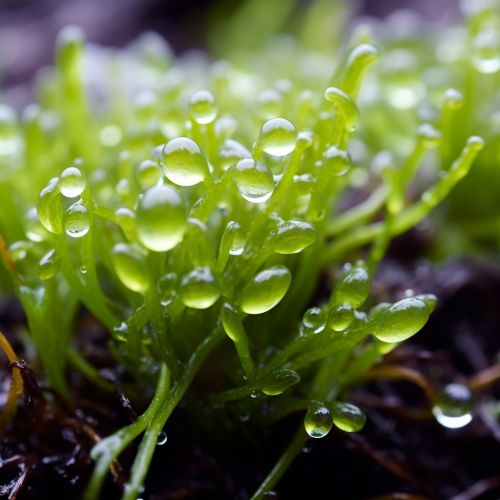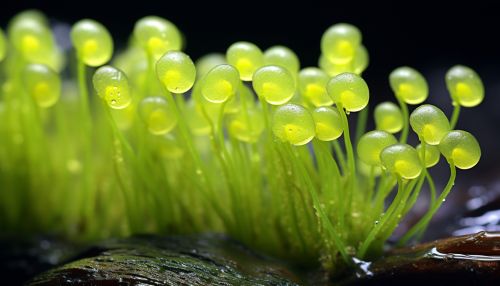Utricularia
Overview
Utricularia, commonly known as bladderworts, is a genus of carnivorous plants comprising over 200 species. They inhabit fresh water and wet soil as terrestrial or aquatic species across every continent except Antarctica. Utricularia are characterized by small, bladder-like traps that capture small organisms—primarily protozoa and rotifers.


Description
Utricularia plants vary greatly in size and form. They are usually recognized by their distinctive flowers, which have a lower petal shaped like a slipper and two upper petals formed into a hood. The flowers can be yellow, white, pink, or purple, depending on the species. The leaves are usually divided into thread-like segments, which sometimes bear bladder-like traps.
Carnivorous Mechanism
The carnivorous mechanism of Utricularia involves specialized bladder traps, which are among the most sophisticated structures in the plant kingdom. These traps work on a vacuum principle. When a small organism triggers the trapdoor, the trap quickly inflates, sucking in the prey along with the surrounding water. The trapdoor then closes, trapping the organism inside. The prey is subsequently digested by enzymes secreted by the plant.
Habitat and Distribution
Utricularia species are found in a wide range of habitats, from wet, boggy soils to standing bodies of water. They are most commonly found in acidic waters or soils. The distribution of Utricularia is nearly global, with species found in every continent except Antarctica. They are particularly prevalent in the tropics and subtropics, but some species also occur in temperate regions.
Classification and Species
The genus Utricularia is divided into several sections based on morphological characteristics. Some of the most well-known species include U. vulgaris, U. gibba, and U. macrorhiza. U. vulgaris, or the common bladderwort, is widespread in the Northern Hemisphere. U. gibba, or the humped bladderwort, is a small, free-floating aquatic species found worldwide. U. macrorhiza, or the large-flowered bladderwort, is a North American species known for its large, showy flowers.
Cultivation and Uses
While not commonly cultivated, some species of Utricularia are grown by enthusiasts for their unique carnivorous mechanism and attractive flowers. They require specific conditions to thrive, typically involving a wet or aquatic environment and acidic soil or water. They are sometimes used in research due to their unique trapping mechanism and their ability to thrive in nutrient-poor environments.
Conservation Status
Many species of Utricularia are considered common and are not currently threatened. However, some species are rare and may be at risk due to habitat loss and other environmental pressures. Conservation efforts for these species typically involve habitat preservation and, in some cases, cultivation for reintroduction into the wild.
